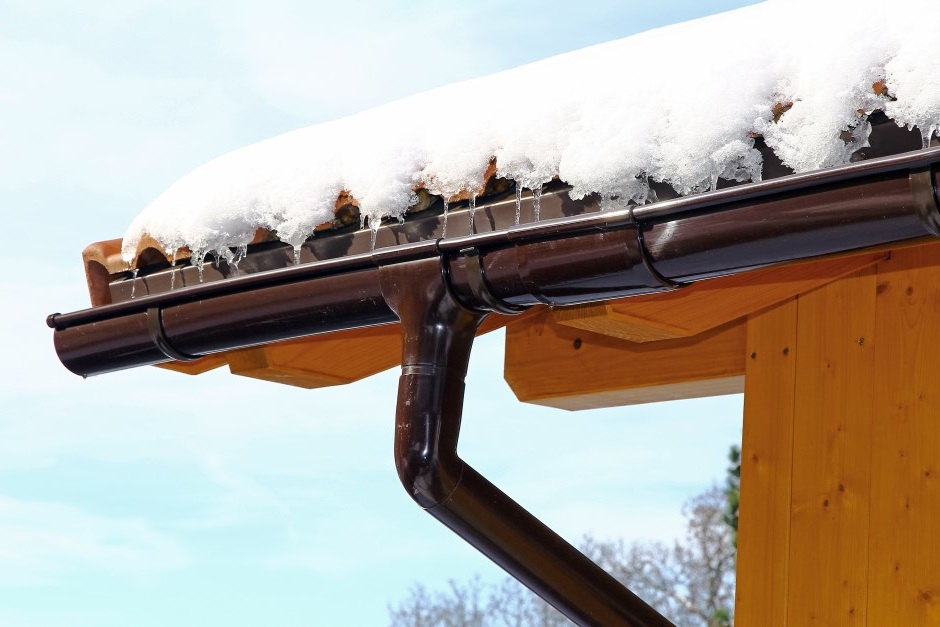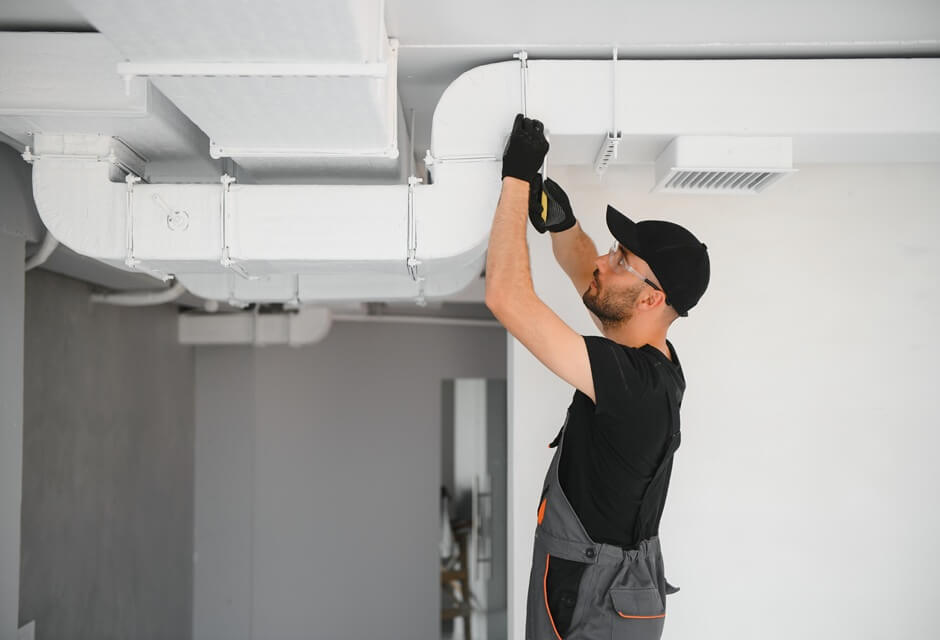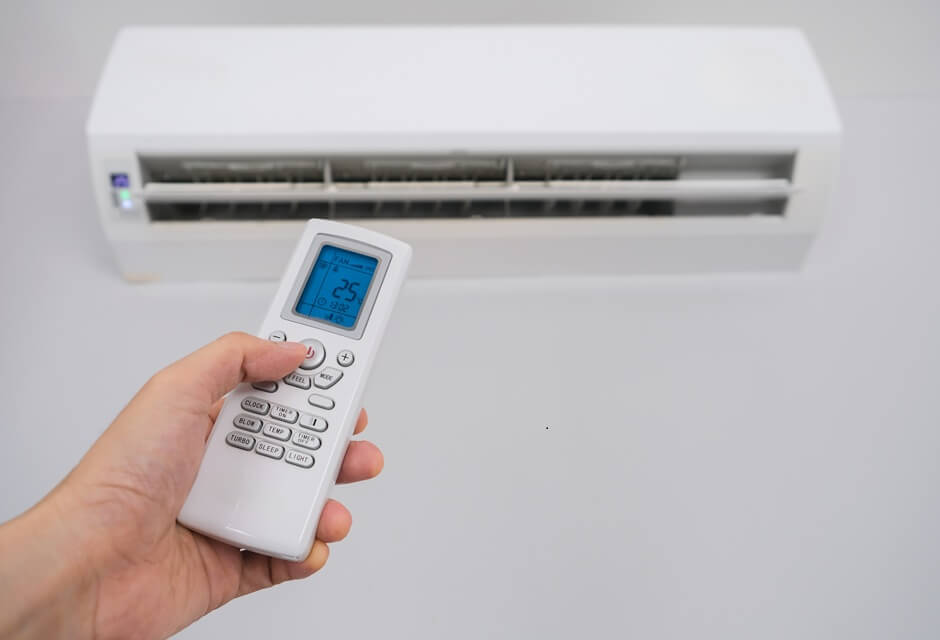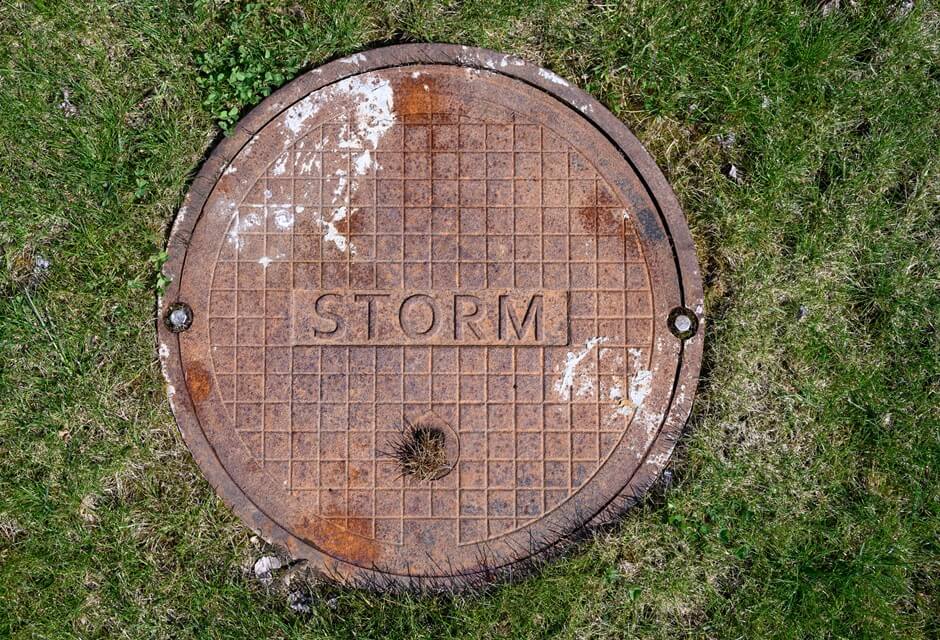
Flat roof snow melt systems are important as the accumulation of snow poses unique concerns for flat roofs, and you do not need to abandon your elegant roof because of the melted snow – there are proactive ways to manage the issue effectively.
Embracing the sleek design and modern aesthetics of a flat roof comes with its challenges, especially when snow becomes an unexpected guest. However, there is no need for fear! Read this complete guide to understand all about flat-roof homes and snow. All the answers you need are here!
Are Flat Roofs Bad For Snow?
Flat roofs are not inherently "bad" for snow: They just require a different approach to handling snow loads compared to sloped ones where snow slides down. Their horizontal orientation makes snow removal a vital consideration to prevent excessive weight buildup.
And Can You Have A Flat Roof Where It Snows?
Absolutely! Many regions prone to snowfall boast stunning architectural designs featuring flat roofs. However, it is crucial to factor in snow load capacities during construction and plan for appropriate flat roof snow removal methods.
How Much Snow Can A Flat Roof Hold?
Most roofs are projected to hold more or less 20-40 lbs per square foot. However, determining a flat roof snow load capacity involves many factors such as the roof material type, structural design, and local climate. Consulting a structural engineer or using load calculation tools can help ascertain the safe limit for snow accumulation.
How To Calculate Snow Load On A Flat Roof?
Calculating snow weight on the roof in winter involves understanding the basic principles of snow load and using specific formulas provided by building codes or engineering standards. For the basics, you need to keep in mind all the aspects listed right below.
- To find the design snow load for your area, refer to your local building code or standards.
- Snow loads vary based on location due to factors – like elevation, climate, and historical snowfall data.
- Measure the total area of your flat roof in square feet or square meters.
- Make sure to account for any obstructions or protrusions that might affect snow accumulation unevenly.
- Calculate the distributed load with the formula* to determine the distributed snow load on a flat roof.
- Consider the shape of the roof, snow drifting, temperature fluctuations, and snow density – factors that can affect the actual snow load.
| *Snow Load = Snow Load (psf or kN/m²) × Roof Area |
Psf means pounds per square foot, and kN/m² is the kilonewtons per square meter.
Engineering guidelines might provide adjustments or coefficients to account for all the variables. Moreover, use the appropriate units based on your measurements and the units specified in your local building code.
Consider consulting with a professional if you are unsure about any aspect of calculating snow loads for your flat roof, and also to get help on the task, of course.
How To Get Snow Off A Flat Roof?
There are different melt systems you can use, such as electric, hydronic, and cable heating systems, radiant panels, or snow-melting mats.
- Electric roof heating systems use heating elements installed beneath the roof's surface to melt snow and prevent ice buildup. They can be controlled manually or through automated sensors.
- Heat cable systems are similar to electric heating systems, placed strategically on the roof to prevent snow accumulation and ice dams. They are versatile and can be installed in specific trouble spots.
- Hydronic heating systems use hot water or antifreeze circulating through pipes installed in the roof. These systems efficiently melt snow and prevent ice formation, and they can be powered by different kinds of energy sources, including solar panels.
- Radiant heat panels are installed directly on the surface of the roof and use radiant heat to melt snow. They offer an aesthetically pleasing solution while efficiently tackling snow accumulation.
- Snow melting mats are placed strategically on the roof and contain heating elements that melt snow and ice upon activation. They are easy to install and can be controlled manually or through automated systems.
Be cautious to prevent damage to the roof membrane while removing snow, and consider hiring professionals for larger jobs or when in doubt.
One other thing! Leaks stemming from snowmelt can be concerning – and expensive –, as the cost of leak repair can be quite high. Regular inspection and maintenance are keys to avoiding a flat roof leaking when the snow melts.
Also, ensure proper insulation and ventilation to prevent ice dams, which can lead to leaks, and promptly address any signs of leakage to avoid structural damage or interior issues.
What Is The Cost Of Flat Roof Snow Removal?
Professional snow removal services for a medium-sized flat roof might range between $ 300 to $ 800 per session. This cost can fluctuate based on your location, the amount of snow, and the accessibility of the roof.
For snow melt systems, the initial installation costs generally reach several thousand, depending on the size of the roof and the type of system selected.
Regardless of the chosen method for flat roof snow melt systems, Wisercosts' roofing services have got you covered! Don't hesitate to contact us for extra information, quotes, and more.
 Let a roofer give you an estimate on your project
Let a roofer give you an estimate on your project





 Member of the
Member of the